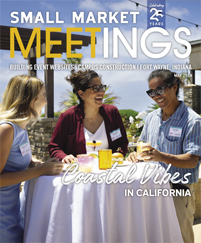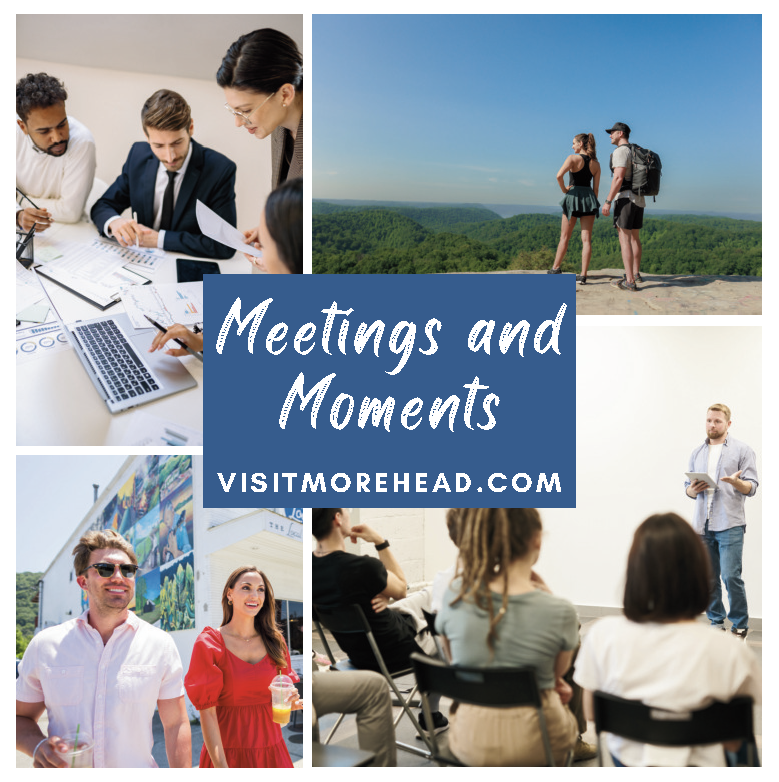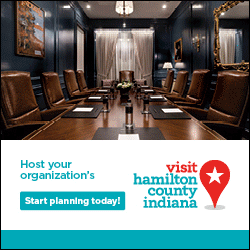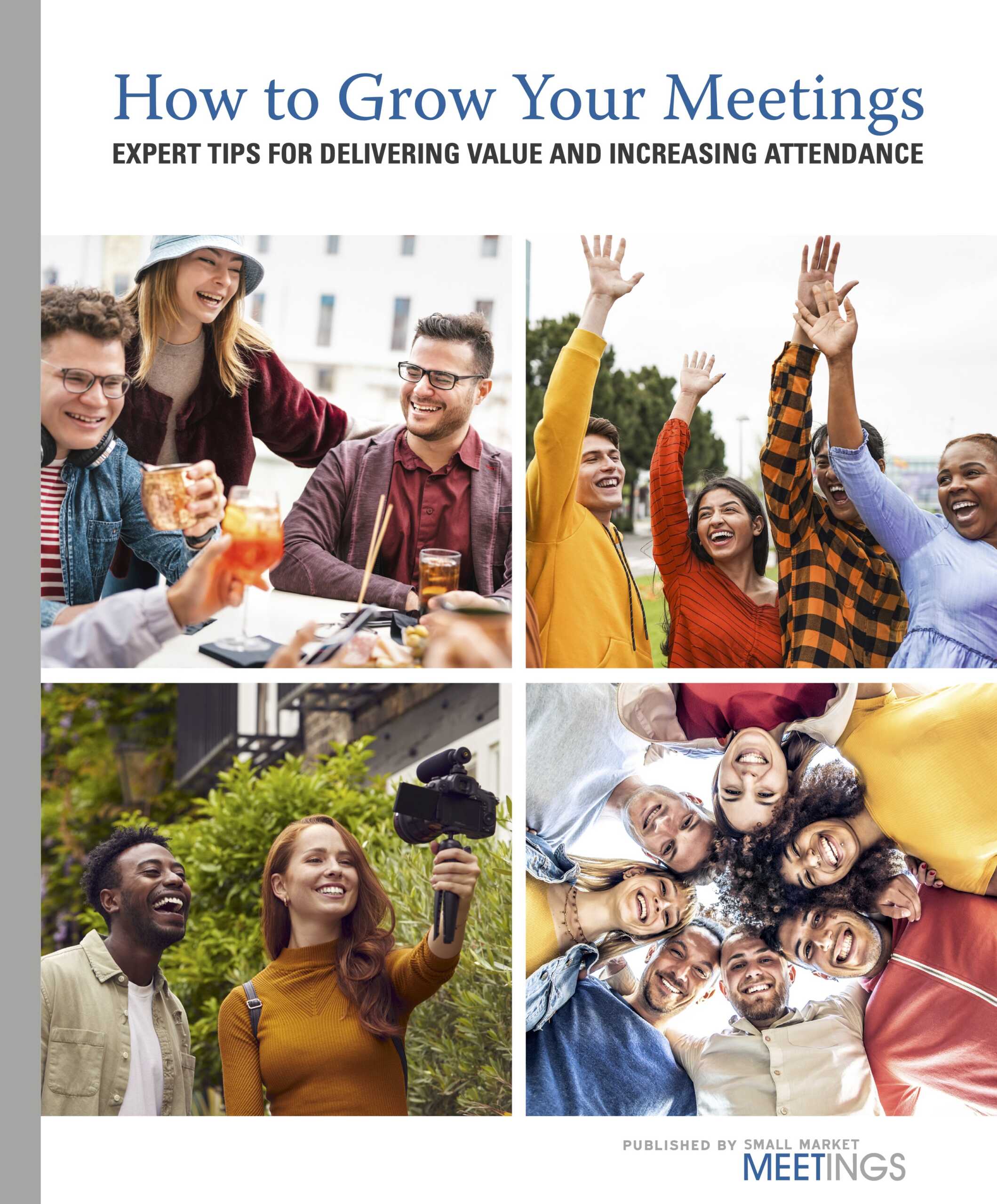In a world saturated by content and a 24-hour news cycle, generating and sustaining hype for an event on the horizon can be tricky. That’s where good event publicity is necessary; it can ensure a good return on your event investment and growth in key performance indicators like revenue, sponsorships and attendance.
But how should planners design their publicity strategies in the era of shifting media platforms? How can they appeal to broader audiences without breaking the bank? And who should they turn to for exposure?
For an event that will have attendees buzzing, planners can check out these tips from industry experts.
Make a Plan
When it comes to publicity, having a comprehensive plan upfront is extremely important.
“Basically, it’s a plan that outlines how and when we are going to promote the event,” said Alison Kieckhafer, owner and chief event officer of The Event Lounge, a meeting and event planning agency. “It indicates what our target market is, and it also spells out the timeline that we will be following as well as what outlets we’re using.”
To create this plan, a planner must first ask a client about the audience of the event and its objectives. That will determine how much publicity is necessary and what platforms should be used. After all, an event attracting 600 attendees requires less publicity than an event for 2,000.
“Listen to your client and try to really understand why this event exists, why they’re spending money on this event” said Brian Acheson, owner of VIP Events. “This guides a lot of the processes.”
Coming up with a sensible timeline is crucial, too. Periodically releasing information to the target market about an upcoming event ensures it stays on their minds, rather than just telling them about it one time and expecting them to save the date.
“That’s the starting point: You want to make it easy to spread the word correctly,” said Colleen Rickenbacher, speaker, author and former vice president of event planning at the Dallas Convention and Visitors Bureau. “Because if it’s not ready in the beginning, everything else won’t fall into place.”
Budget is a factor to consider at this time, too, because that determines the platforms to use and the players that can assist planners with publicizing an event. If the client has a large marketing/public relations budget, they may be able to hire a PR firm to assist with publicizing the event. If their budget is small, the planning team may have to exclusively rely on free digital resources for publicity.
The plan should also factor in what to do once the event is over. That’s especially true if the event will reoccur. Publicizing the night’s great success and achieved outcomes, such as fundraising goals met, revenue raised or event attendance is a great way to gain favor in the eyes of the public — and get them excited for the next event.
Hone Your Strategy
The number of media outlets and platforms can make creating an event PR strategy intimidating. But to cast a wide net, it’s important that planners use this range of platforms to their advantage.
To start with, there are traditional strategies to consider, such as issuing press releases. Planners should ensure these are distributed to local media outlets, such as newspapers, television news and radio programs. In larger cities, there may be multiple newspapers or papers for nearby communities. A destination’s CVB is a great resource for a list of local media contacts or even tools to assemble a media kit.
Rickenbacher said it’s a good idea to have all the key information, such as date and time, ready before a press release so that the media doesn’t have to come back again and again to track down additional facts. And, if a planner is counting on issuing more than one press release, it should have new information each time.
Another outlet with an audience specific to an industry is a trade journal. If the event is supposed to attract attendees from a particular industry, why not make sure all the trade journals in that industry are telling their readers about the event?
“I use trade journals a lot,” Rickenbacher said. “Trade journals hit so many different generations, age groups and types of people.”
Another tactic to generate hype for public events is the use of guerrilla marketing tactics, according to Kieckhafer, which could entail something “that’s boots on the ground, fun, highly energetic, [like] driving around in a branded vehicle of some sort, handing out some cool branded giveaways.”
Even for internal or corporate events, connecting with the right media is important. At conferences, there is often a newsletter or magazine that gives attendees a snapshot of what’s happening; getting a specific event or session into that newsletter can increase awareness of it among conference attendees. Companies and associations also have their own websites, blogs, social media and newsletters where the event can be promoted.
And on the day of the event, especially at conferences or trade shows, one way to promote it so it stands out, according to Acheson, is to “create some element of FOMO [fear of missing out].” This can be done with a bit of creativity that creates a feeling of exclusivity.
“Our invitations are on a big lanyard, bigger than a name badge, that has the company logo, the date, the times and all the info you need to know,” he said. “We’ll pass them out on the trade show floor. Attendees wear it around their neck even though the event doesn’t start for eight more hours.”
New Players
The era of social media and influencers has changed the PR world, and therefore, the way events are publicized has changed as well. Yet some are hesitant to step into this world and consider the traction it can create when it comes to promoting an event.
“As 45-plus planners, sometimes we don’t necessarily embrace social media influencers and how pivotal they can be to driving a brand,” Kieckhafer said. “That’s kind of an interesting area to explore.”
Social media and its long list of features are ever evolving, and different platforms appeal to different groups. This is something planners must account for when doing public outreach.
“You need combinations of different things, but you need every bit of the social media,” Rickenbacher said. “If that event is hitting different age groups and cultures, don’t forget the diversity. Consider the attendee and the type of event.”
Posting on Facebook and LinkedIn may be a better way to reach baby boomers and Generation X, while making a video on Instagram or TikTok may be a better call for millennials and Generation Z.
Social media influencers are relatively new players in the public relations and marketing field. They harness the power of social media to “influence” their sizeable following to buy products or go places; they can certainly be leveraged to publicize an event. If planners can gather the support and interest of influencers, they can get the word out to their followers.
“Some of them do it for money, some do it for free product, some of them do it for exposure in your marketing collateral on your marketing website,” said Kieckhafer. “Every agreement with influencers is crafted differently.”
One word of caution when it comes to using social media and influencers to publicize an event: Planners should be savvy with the online world or have someone on their team who is. This minimizes the risk of missteps and bad press.
“You have to know how to navigate it,” Kieckhafer said. “It could be something that could go awry. Not all PR is good PR.”











